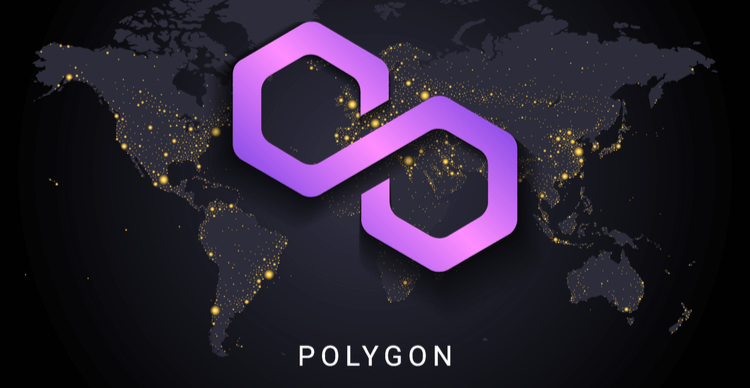When a digital service sees greater use, it causes a load on their system, that is what both Bitcoin & mainly Ethereum is seeing currently. Gas fees are growing larger as people struggle to find miners to help push their transaction through. This is also rough for developers running their apps, where can they turn or what can they do to help mitigate this increasing expense? Polygon strives to be that answer.

Background
Formerly MATIC; now Polygon, was released originally as a layer 2 solution to Ethereum, it aimed to improve on Ethereum's core idea with better computation power and robust security. This idea was later changed so Polygon would function more akin to a layer 1 solution and operate on/with multiple chains instead of only Ethereum.
The development began back in 2017, the first step of Polygon's mainnet release was in May 2020. Since then the development and marketcap increase has been steady. They have fixed few bugs that would impact the chains functionality while working on cross-chain interoperability. This is where the main strength lies, working together with other chains and also getting partnership support from businesses. It has been able to grow its adoption at an ever increasing rate. This has caused the price to rise with it.

Network
Today the network works more similarily to a side chain than a layer 2 solution, it has a different consensus system and it's own native coin, it has effectively left Ethereum behind. It has a PoS service where nodes work together to vote which transactions to finalize, similar to ETH PoW. Validator nodes are rewarded with newly minted MATIC tokens as well as the fees from the transaction. As it was based on Ethereum, the network is ERC compliant which makes integration for Ethereum based Dapps very easy. The smart contracts see better scalability & speed on Polygon than they do on Ethereum which is a driving force for Polygon, and the developers can simply launch the same app on both chains fairly easily.
Use cases
The main use case for Polygon is a base for an ecosystem of apps on chain running on smart contracts. The chain is currently self-funding where new minted tokens are used to pay validators for securing the network. While the fees are also given to nodes, these are so small that they are insignificant, they range in the hundreds of a cent. With a stable foundation that performs the same actions as Ethereum it sees much use, with increased use, it also means that investors can expect bigger returns on their investment.

Polygon today
Polygon has been growing steady, Ethereum is overloaded and has extreme gas fees currently. Platforms do grow too big and suffers under the pressure, Polygon is, therefore, the perfect alternative to lighten the load. Apps built on ERC doesn't even need to adapt to help switch over to Polygon. The biggest looming threat is how ETH2.0 will change the game, most likely the fees will still remain a bit high and side chains will still be sought after to help keep transactions quick, but that is to be seen.
Pros:
- Low fees & high TPS
- EVM compliant (works with ERC)
- Strong partnerships
Cons:
- Is still being tested
- Strong competition
- ETH 2.0